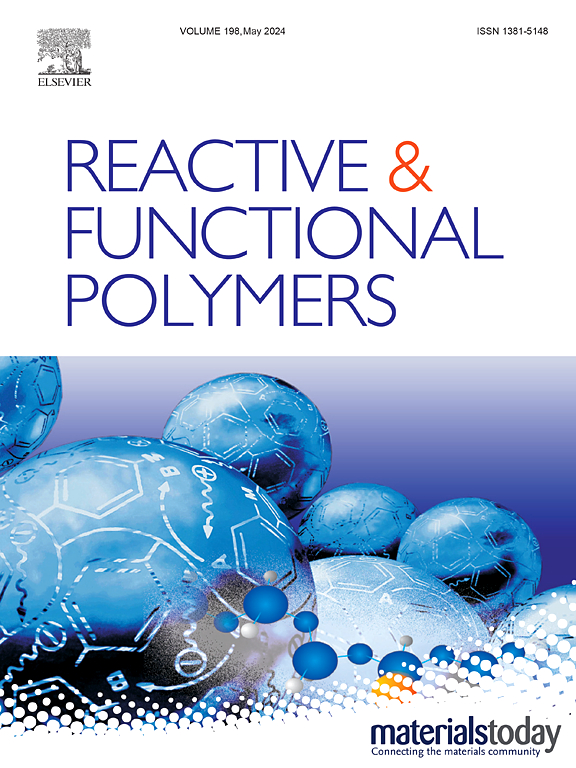制备安全性增强的高能氧化剂HMX/PTFE复合颗粒及其对TiH2能量释放的影响
IF 5.1
3区 工程技术
Q1 CHEMISTRY, APPLIED
引用次数: 0
摘要
近年来,金属氢化物因其储氢密度高、燃烧热值高、产气量大等优点,在固体推进剂中得到了广泛的应用。然而,优化和提高金属氢化物的能量释放性能仍然是一个挑战。本研究采用乳液-溶剂蒸发法制备了安全性增强的高能氧化剂1,3,5,7-四硝基-1,3,5,7-四氮杂环辛烷/聚四氟乙烯(HMX/PTFE)复合颗粒。分析了PTFE含量对复合颗粒形貌的影响,并对其化学结构、热分解特性、机械敏感性和对金属氢化物的氧化燃烧行为进行了表征和测试。实验结果表明,当PTFE含量为10%时,HMX/PTFE复合颗粒表面致密,形貌规则,PTFE和粘结剂在HMX周围分布均匀。复合颗粒中HMX的晶体结构保持了β型形态,保留了其良好的应用潜力。与原始HMX相比,复合颗粒的热爆炸激活能和临界温度分别提高了40.05 kJ·mol−1和17.26 K,临界冲击和摩擦值分别提高了4.5 J和40 N,表现出良好的热稳定性和机械安全性。燃烧实验表明,HMX/PTFE复合颗粒作为TiH₂的有效高能氧化剂,提供比原料HMX更稳定的燃烧和能量释放。分析了HMX原料和HMX/PTFE复合颗粒与TiH₂的氧化燃烧机理,为提高新型含金属氢化物推进剂的燃烧稳定性提供了可能的途径。本文章由计算机程序翻译,如有差异,请以英文原文为准。

Preparation of high-energy oxidant HMX/PTFE composite particles with enhanced safety and their impact on the energy release of TiH2
In recent years, metal hydrides have been extensively utilized in solid propellants due to their high hydrogen storage density, elevated combustion calorific value, and substantial gas production. However, optimizing and improving the energy release performance of metal hydrides remains challenging. This study prepared high-energy oxidizer 1,3,5,7-tetranitro-1,3,5,7-tetraazacyclooctane/polytetrafluoroethylene (HMX/PTFE) composite particles with enhanced safety using the emulsion-solvent evaporation method. The effect of PTFE content on the morphology of composite particles was analyzed, and their chemical structure, thermal decomposition characteristics, mechanical sensitivity, and oxidation-combustion behavior on metal hydrides were characterized and tested. Experimental results indicate that with 10 % PTFE content, the HMX/PTFE composite particles exhibit a dense surface, regular morphology, and uniform distribution of PTFE and binder around HMX. The crystal structure of HMX in the composite particles retains the β-type form, preserving its favorable application potential. Compared to raw HMX, the composite particles exhibited increased activation energy and critical temperature of thermal explosion by 40.05 kJ·mol−1 and 17.26 K, respectively, and enhanced critical impact and friction values by 4.5 J and 40 N, respectively, demonstrating superior thermal stability and mechanical safety. Combustion experiments demonstrate that HMX/PTFE composite particles serve as an effective high-energy oxidant for TiH₂, providing more stable combustion and energy release compared to raw HMX. The oxidation-combustion mechanism of raw HMX and HMX/PTFE composite particles with TiH₂ is analyzed, offering a potential approach to enhance the combustion stability of novel propellants containing metal hydrides.
求助全文
通过发布文献求助,成功后即可免费获取论文全文。
去求助
来源期刊

Reactive & Functional Polymers
工程技术-高分子科学
CiteScore
8.90
自引率
5.90%
发文量
259
审稿时长
27 days
期刊介绍:
Reactive & Functional Polymers provides a forum to disseminate original ideas, concepts and developments in the science and technology of polymers with functional groups, which impart specific chemical reactivity or physical, chemical, structural, biological, and pharmacological functionality. The scope covers organic polymers, acting for instance as reagents, catalysts, templates, ion-exchangers, selective sorbents, chelating or antimicrobial agents, drug carriers, sensors, membranes, and hydrogels. This also includes reactive cross-linkable prepolymers and high-performance thermosetting polymers, natural or degradable polymers, conducting polymers, and porous polymers.
Original research articles must contain thorough molecular and material characterization data on synthesis of the above polymers in combination with their applications. Applications include but are not limited to catalysis, water or effluent treatment, separations and recovery, electronics and information storage, energy conversion, encapsulation, or adhesion.
 求助内容:
求助内容: 应助结果提醒方式:
应助结果提醒方式:


